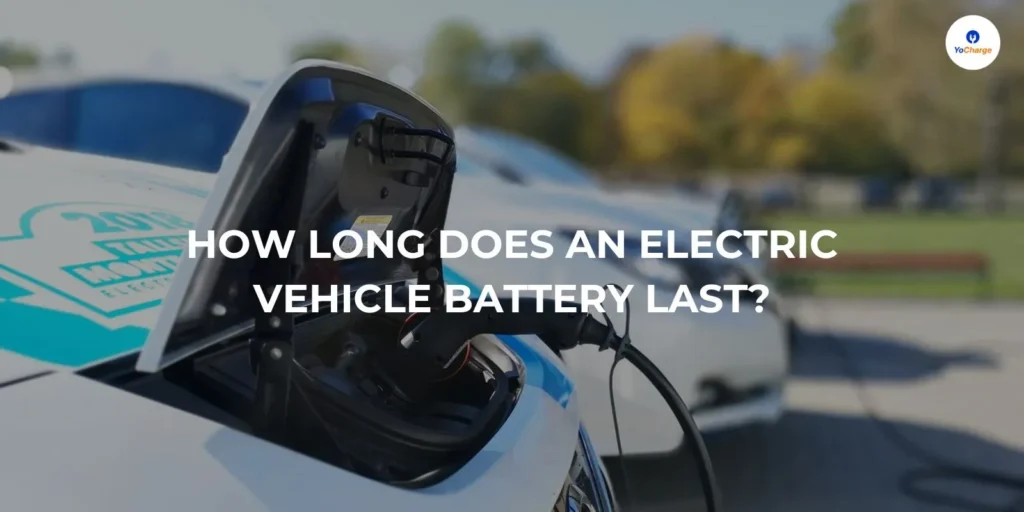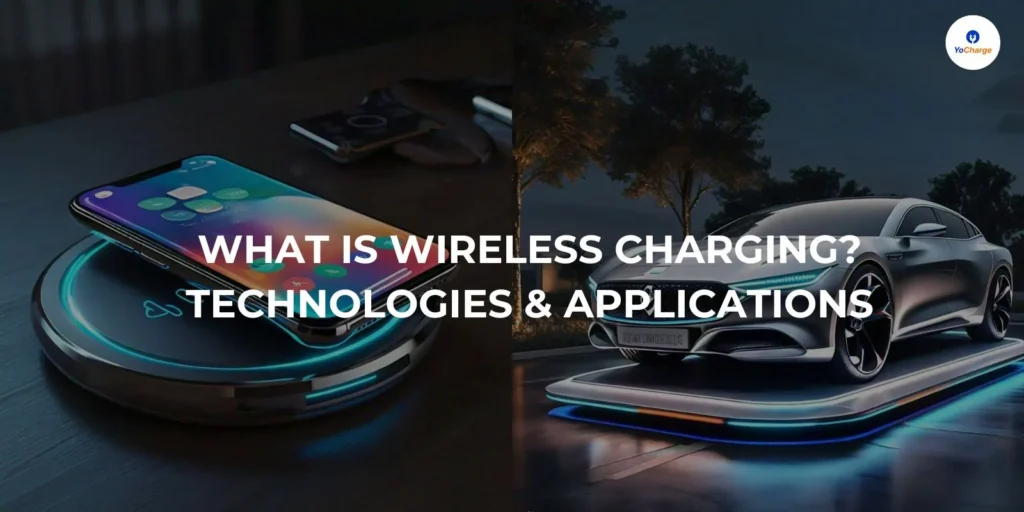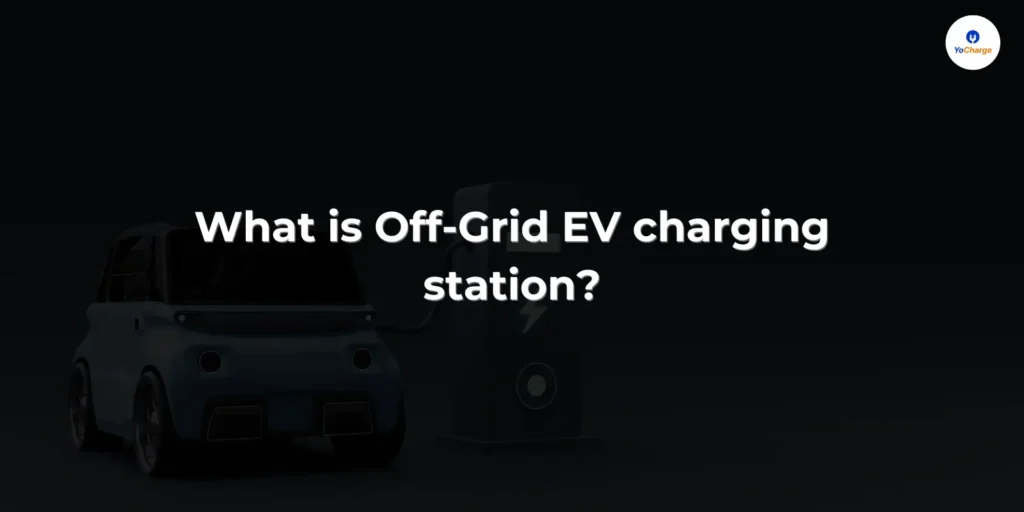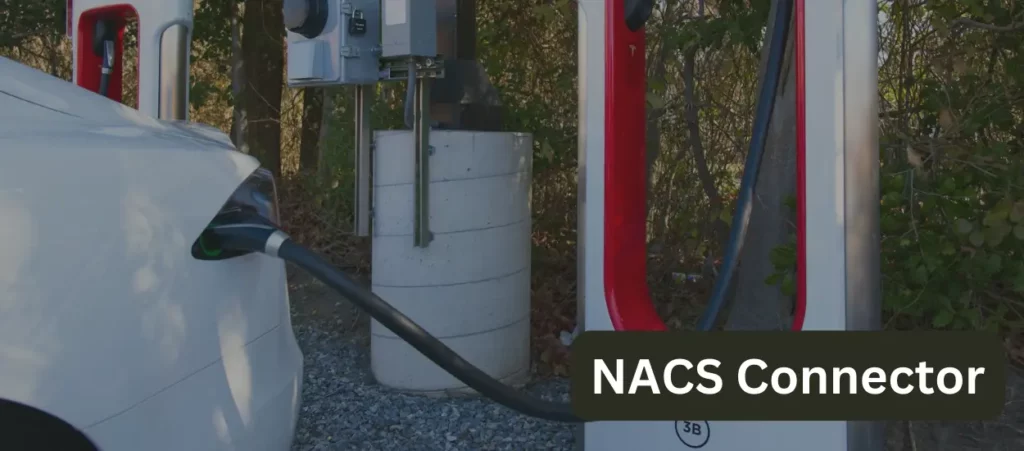
The NACS connector is a type of charging connector used for connecting electric vehicles to charging stations for transferring charge (electricity) from charging station to electric vehicles. The NACS connector has been developed by Tesla Inc and has been used on all North American market for charging Tesla vehicles since 2012.
In November 2022, the NACS or Tesla’s proprietary electric vehicle (EV) charging connector and charge port was opened for use by other EV manufacturers and EV charging network operators worldwide. Since then, Fisker, Ford, General Motors, Honda, Jaguar, Mercedes-Benz, Nissan, Polestar, Rivian, and Volvo have announced that starting from 2025, their electric vehicles in North America will be equipped with the NACS charge port.
What is a Connector in EV Charging ?
EV Charging Connectors are the end-point apparatus that are fixed on the charging cable and get attached to the electric vehicle and facilitate charging by connecting EV to charge station. Sometimes the connector is also referred to as handle.
There are multiple type of connectors depending upon the vehicle type, manufacturer, battery voltage & BMS type, AC or DC charging, geographic region etc. For example, CHAdeMO is the preferred DC charging connector for Japanese cars, while European & Indian car manufacturers prefer CCS connectors for dc charging.
What is NACS Connector ?
The North American Charging Standard (NACS) connector, also known as the Tesla charging standard, is an electric vehicle (EV) charging connector system developed by Tesla, Inc. It has been used on all North American market Tesla vehicles since 2012 and was opened for use to other manufacturers in 2022.
The NACS connector is a single-plug connector that can support both AC and DC charging. It is smaller and lighter than other DC fast charging connectors, such as the CCS Combo 1 (CCS1) connector. The NACS connector can support up to 1 MW of power on DC, which is enough to charge an EV battery at a very fast rate.
Evolution of NACS Connector
Tesla developed a proprietary charging connector for the Tesla Model S in 2012, sometimes informally called the Tesla charging standard. Since then, Tesla Charging standard has been used on all of their subsequent EVs, the Model X, Model 3, and Model Y.
In November 2022, Tesla renamed this proprietary charging connector to “North American Charging Standard” (NACS) and opened the standard to make the specifications available to other EV manufacturers.
On June 27, 2023, SAE International announced that they would standardize the connector as SAE J3400.
In August 2023, Tesla issued a license to Volex to build NACS connectors.
In May 2023, Tesla & Ford announced that they had struck a deal to give Ford EV owners access to more than 12,000 Tesla superchargers in the U.S. and Canada starting in early 2024. A flurry of similar deals between Tesla and other EV makers, including GM, Volvo Cars, Polestar and Rivian, were announced in the weeks that followed.
ABB said that it will offer NACS plugs as an option on its chargers as soon as testing and validation of the new connector is complete. EVgo said in June that it will start deploying NACS connectors on the high-speed chargers in its U.S. network later this year. And ChargePoint, which installs and manages chargers for other businesses, said its clients can now order new chargers with NACS connectors and that it can retrofit its existing chargers with the Tesla-designed connectors as well.
EXPLORE MORE
The Different Types of EV Charging Connectors used in India
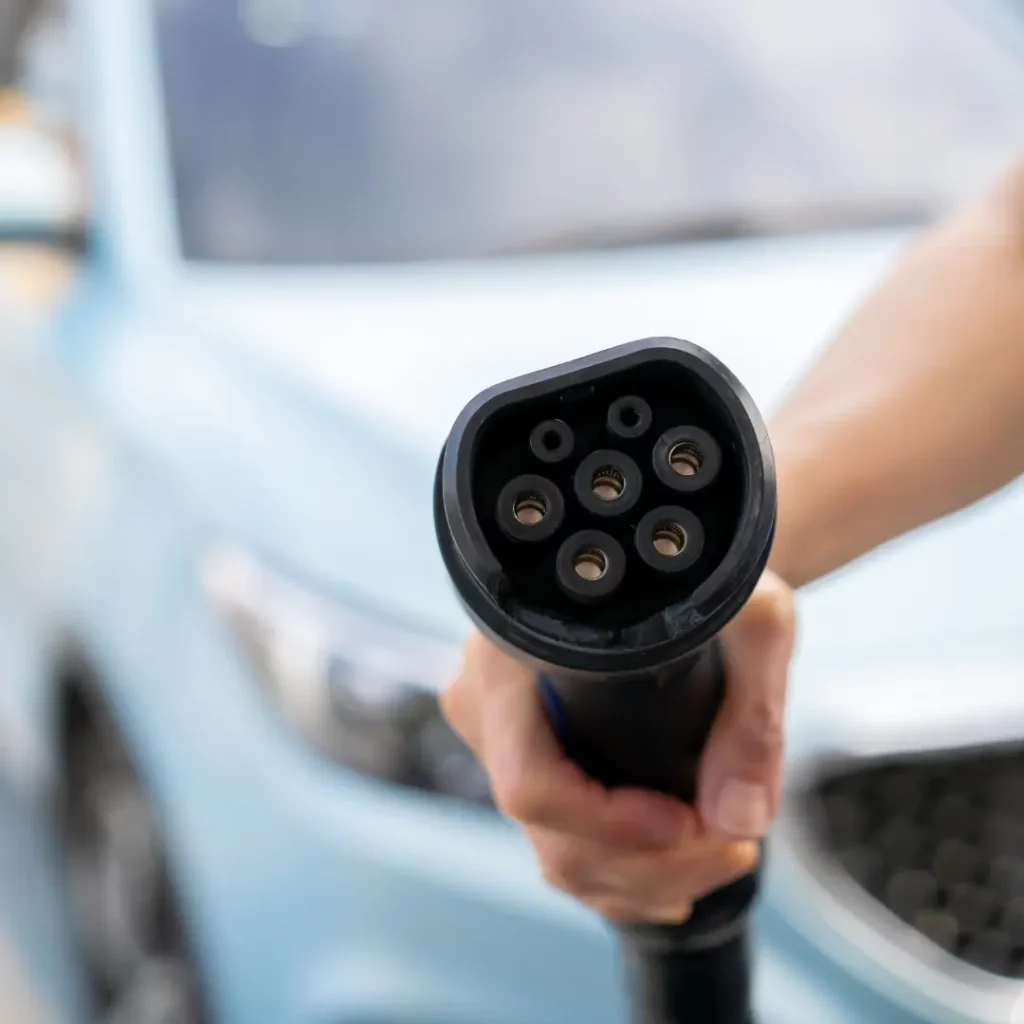
NACS Technical Specification (TS-0023666)
Pin layout
The NACS uses a five-pin layout – the two primary pins are used for carrying current in both – AC charging and DC fast charging:
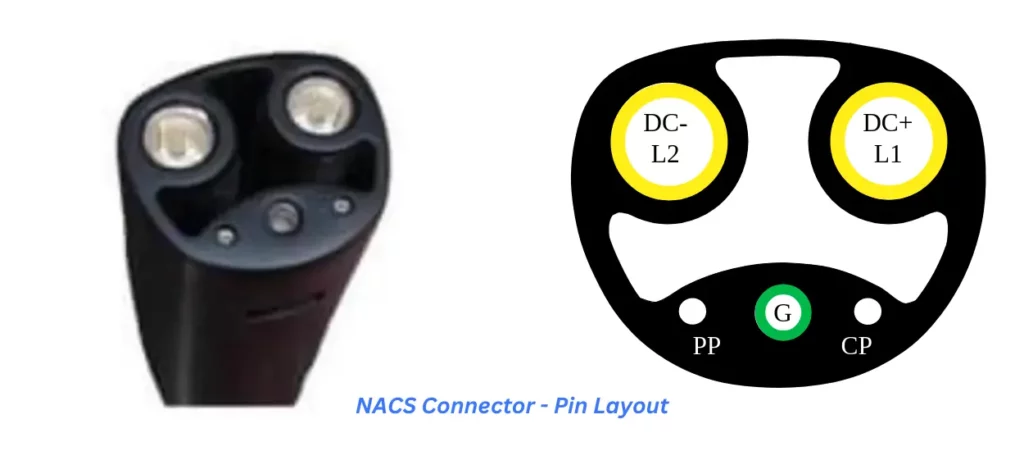
In AC Charging:
- Pin usage is the same as the SAE J1772 connector when used for AC charging.
- The L1 pin provides either Line 1 in a split-phase connection or the sole Line in a single-phase connection.
- The L2 pin can serve as either Line 2 in a split-phase connection or the neutral in a single-phase connection.
- The G, or Ground, pin provides a connection between the earth and the vehicle chassis. The ground pin is also used as a reference point for the CP and PP signals and to measure the isolation of the electrical systems.
- The CP, or Control Pilot, pin is used as a digital communication path between the charging system and vehicle. The control pilot uses pulse width modulation to communicate charging state and current in accordance with IEC 61851.
- The PP, or Proximity Pilot, pin carries a low-voltage signal and is used to determine the status of the vehicle connector. When the button on the plug is depressed to unlock the connector, a switch on the Proximity Pilot circuit is opened, stopping the flow of electricity.
In DC Charging:
- The DC+ provides the positive side of the DC voltage link and the DC- pin provides the negative side of the DC voltage link.
- The G, or Ground, pin provides a connection between the earth and the vehicle chassis. The ground pin is also used as a reference point for the CP and PP signals and to measure the isolation of the electrical systems.
- The CP, or Control Pilot, pin is used as a digital communication path between the charging system and vehicle. Power Line Communication is superimposed onto the control pilot line while DC charging.
- The PP, or Proximity Pilot, pin carries a low-voltage signal and is used to determine the status of the vehicle connector. When the button on the plug is depressed to unlock the connector, a switch on the Proximity Pilot circuit is opened, stopping the flow of electricity.
Lock:
- The connector lock is used to prevent insertion or removal of the vehicle connector from the vehicle as required. The lock is engaged to prevent vehicle connector removal and control pilot communication is used for initial parameter exchange and compatibility check. The lock remains engaged and digital communication remains active throughout the charge session.
IP & Dust protection:
- When unmated to the inlet, the connector shall withstand an IP67 water and dust test as described in IEC 60529.
Voltage Rating:
- NACS connector exists in both a 500V rated configuration and a 1,000V rated configuration. The 1,000V version is mechanically backwards compatible (i.e. 500V inlets can mate with 1,000V connectors and 500V connectors can mate with 1,000V inlets).
Maximum Current Rating:
- The North American Charging Standard specifies no maximum current rating. The maximum current rating of the inlet or connector is determined by the manufacturer, taking into account the temperature limits.
After initial testing allowing non-Tesla EVs to use Tesla Supercharger stations in Europe in December 2019, Tesla began to test a proprietary dual-connector “Magic Dock” connector at select North American Supercharger locations in March 2023. Magic Dock allows for an EV to charge with either an NACS or Combined Charging Standard (CCS) version 1 connector, which would provide the technical capability for almost all battery electric vehicles the chance to charge.
